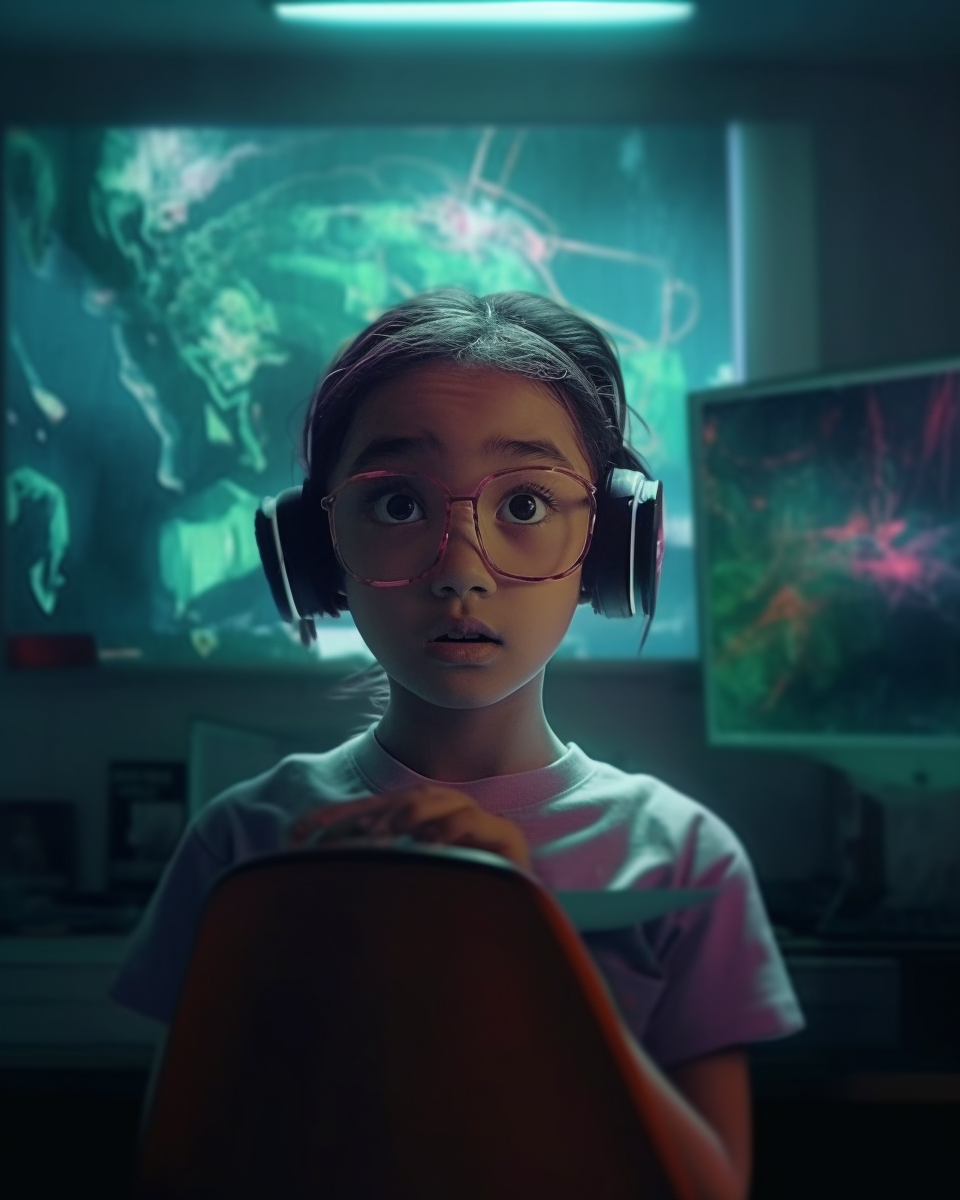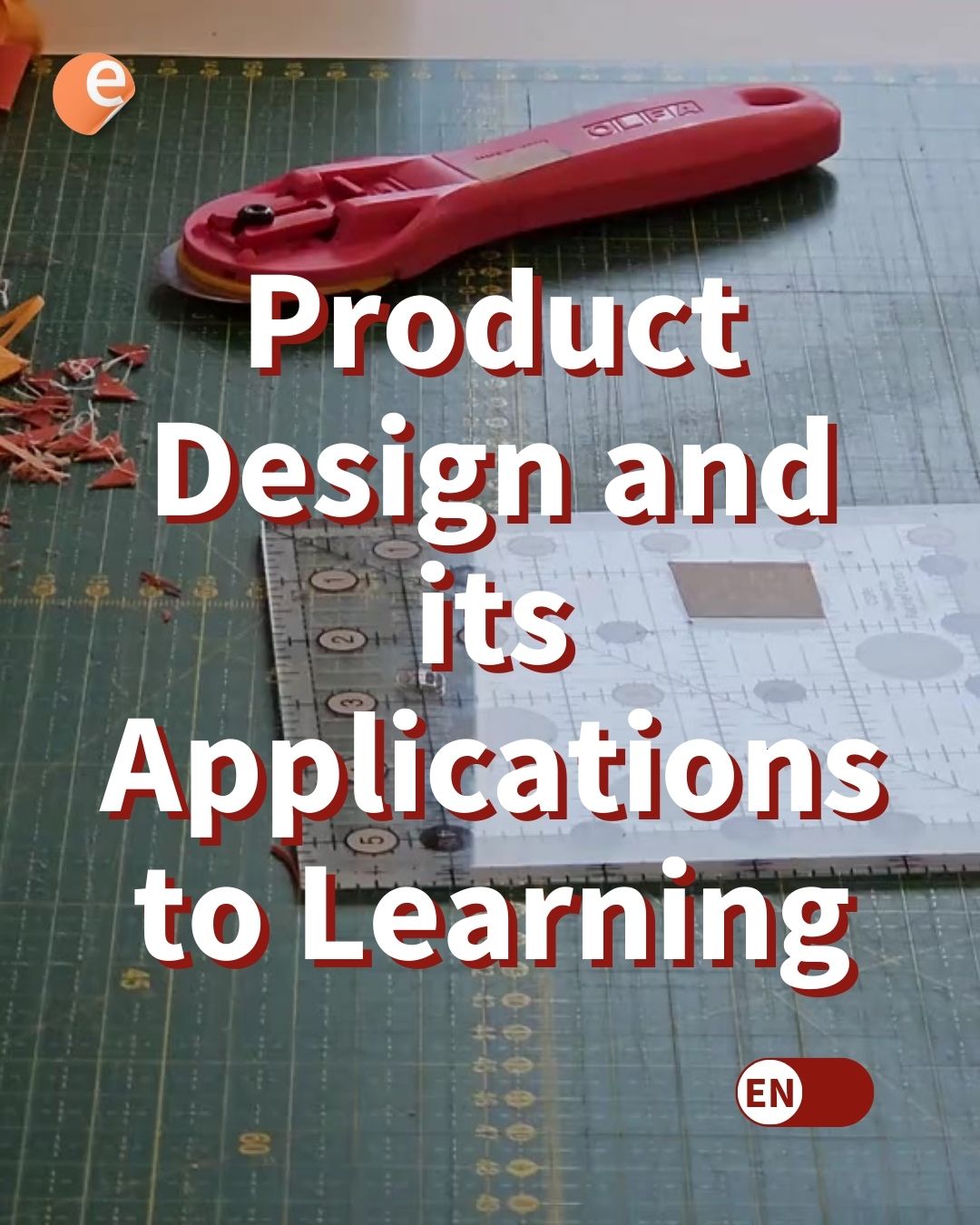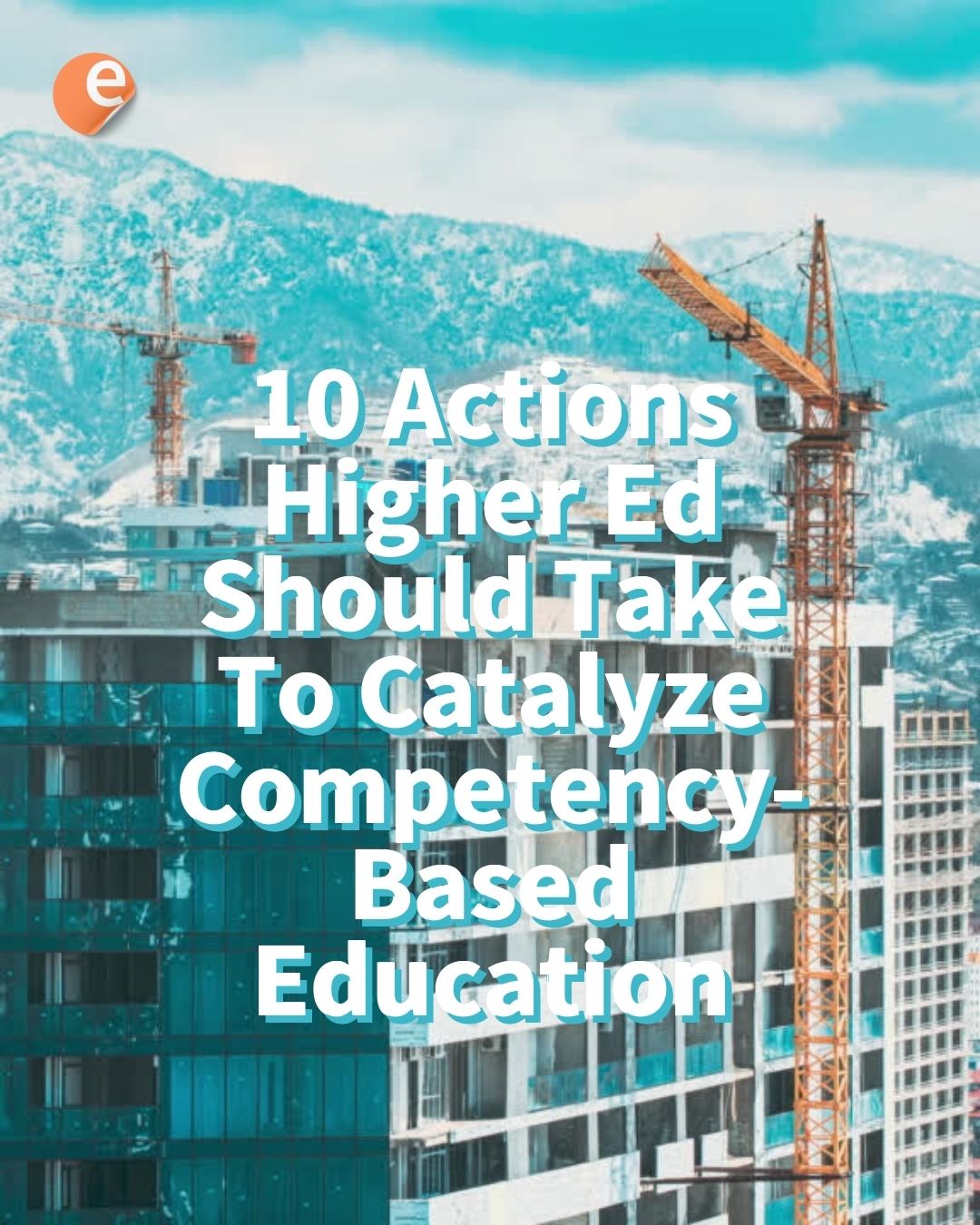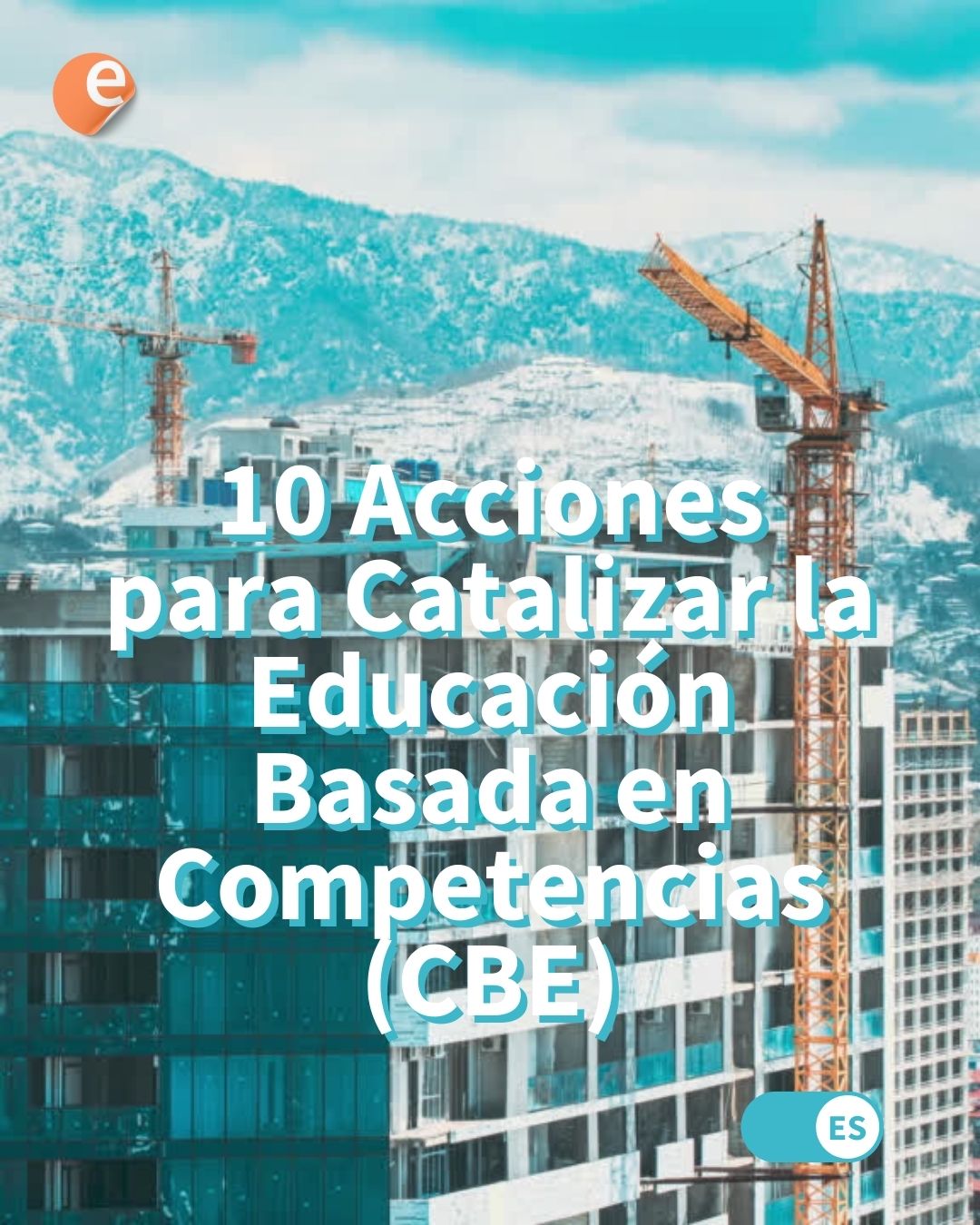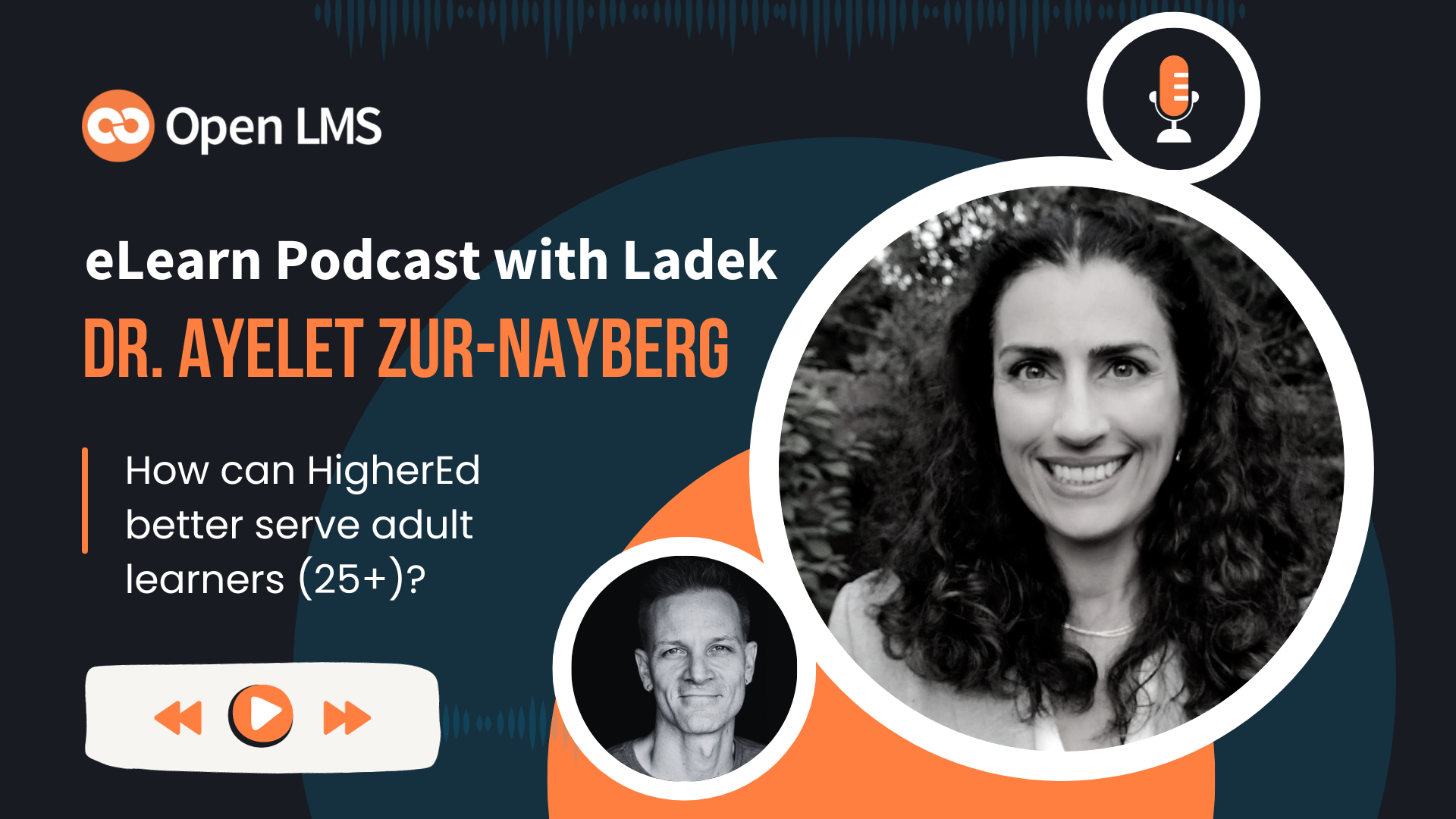AI as Your Virtual Tutor? The Promise, The Peril, The Possible
Do you recall feeling at times like you were a foreign language student sitting in an advanced lecture? (And we don’t mean the time you were literally a foreign student.) Well, thanks to personalized learning powered by Artificial Intelligence, that may be a thing of the past. AI can provide customized learning experiences tailored to each student’s unique needs and preferences. It can gauge, at least on paper, a sense of your skill level, habits and preferences, and make sure you move forward and solve challenges as you learn. This no-point-of-return technology is revolutionizing education and will be the key to unlocking every student’s potential.
Imagine a world where every student has a personal tutor who knows exactly what they need to learn and how to teach them. With AI-powered personalized learning, that world is becoming a reality. This technology is transforming education by providing customized learning experiences tailored to each student’s unique needs and preferences. By harnessing the power of AI, we can unlock every student’s potential and revolutionize the way we learn. Without a doubt, AI keeps rapidly changing the landscape of education. AI-powered systems are steadily demonstrating unforeseen capabilities in personalized instruction, accessibility and equity, grading and automation of administrative tasks. One area of interest where AI is not enjoying such a clear path of introduction is in virtual tutoring, a haughty scenario where the machine replaces human interaction, with or without such intention.
In absolute terms, there should be no objection for a student receiving the help and support of a dedicated observer, artificial or otherwise, where there was none before. A readily available source of assistance in times of subject matter struggle, real-time and on-demand access to ever timely and relevant advice, would constitute educational breakthroughs for all students, not just for those most disadvantaged and marginalized.
As AI seeps into every crevice of the digital experience, issues stemming from accuracy, to ethics, cheating and intellectual property, continue to crop up, often in egregious ways. Arguably, replacing key experiences that offer multiple benefits at once, particularly the dedicated support of a skilled human that can walk the learner through difficult problems and thought process, expressing patience or compassion while at it, is an order an order of magnitude taller than summarizing text or even mimicking a historical character monologuing about their prowesses.
In this article, we’ll describe in detail the promise of AI as virtual tutors, the shortcomings, and the ways these are trying to be met halfway along with the people and organizations leading the charge.
The promise
Just “/imagine” it: A student comes from class with homework consisting of a set of problems based on the somewhat rushed and incomplete teachings of a 2-hour lesson that doesn’t realistically allow them (or anybody) to stay focused throughout. The student has a general understanding of the domain and what most of the problems are asking of them, but there remain a number of definitions, principles and articulations missing.
Enter the AI tutor, which either by a text prompt from the student or other forms of input, jumps in, ready to identify knowledge gaps and roadblocks. Armed with a comprehensive understanding of the most common issues by a learner, and a solid, small-yet-budding body of information about the traits of the specific individual who’s asking for its help, the AI jumps in to help, either by highlighting methods commonly used for a given type of problem, enhancing the student’s frame of mind in relation to it, or consolidating the learner’s ability to follow and adapt a process to a resolution. It will make sure to let the learner realize how they’re advancing towards the answer by applying skills, all while remaining wise enough not to just tell the final answer straight—even though it knows it exactly and irreversibly. Through iteration and examples that resonate with the specific learner, the AI tutor helps the learner achieve competencies, empower them through evidence and increase overall academic confidence.
So while we’re dreaming, what else would we want from an AI? Here’s some ideas:
- Instant knowledge of the subject, and context awareness of the current skillset of the learner
- Ability to generate content of various types (descriptions, examples, tables, multimedia?) and present it in various formats
- Keep into consideration the learners attributes and preferences and continue learning from them
- Adapt and predict behavior and support needs, learner schedule, mood, levels of interest, focus and energy
The perils
As we have pointed out previously, issues regarding AI in virtual tutoring could be either general, related to the implementation of AI and its logistical or ethical consequences; and specific ones.
At the moment, one glaring issue among popular AI chatbots or assistants like ChatGPT or Bard, that does not get mentioned frequently, is the lacking “Theory of Mind,” for itself let alone the user\learner. By a theory of mind we refer to the ability to create a mental model about an individual, in order to better understand their intents, their intellectual quests and how far along they are on them, where they come from.
We have discussed general ones previously. Suffice it to say that looming questions remain on topics like data privacy, quality of AI responses and the educational experience overall.
- One big concern is not that AI tutors could replace human teachers, but that decision makers and senior leadership are led to believe that they could. This could lead to job losses for teachers and could also have a negative impact on the quality of education. If the savvy marketing and sales behind an AI tool convinces a decision maker, teachers and tutors could be laid off, the consequences of which to be felt only later on. Consistent evidence shows companies almost always regret layoffs.
- Another concern is that AI tutors could be biased. This could happen if the data that is used to train the AI tutor is biased. For example, if the data is only from students of a certain race or socioeconomic status, the AI tutor could be biased against students from other groups. If the AI’s introduction leads to a reduction of human interaction, biases can only compound and even lead to more concerning issues. Algorithms in places like social media have been found to contribute to radicalization. (PDF)
- AI tutors could be used to manipulate students, or the other way around. This could happen if the AI tutor is designed to sell a student towards a given idea or recuse itself from entertaining one; downplay benefits drawbacks of an affiliated product, company or person, depending on whether they are on their side; or conversely, the student could learn how to game (or in current lingo, “jailbreak”) an AI and disrupt the process. Current AI and Machine Learning tools already suffer from “coded bias,” a difficult issue to address whether it’s intentional or unintentional (biased training data sources).
The promising way forward—and why it’s (as usual) all about balance
The best way to address the perils of AI-powered tutoring systems is through constant, up-to-date learning from experts and community engagement. As ongoing research continues to shed light at small steps, an “AI in Learning community” can act as a powerful filter, aggregator and diffusor of proven practice. In all likelihood, said practice will protect the central role of the learner-tutor relationship and provide tools and ways in which AI enriches the experience.
Similarly, the most sensible way forward when it comes to approaching the “AI virtual tutor” in the short to medium-term is to make your own out of several solutions currently available, and primarily as a support for human-to-human individual interaction. This suggests visions like a virtual session where a tutor guides the learner as they sail towards understanding of a subject, supporting themselves with a series of AI tools the use of which is also guided by the tutor. Tutors themselves can also leverage AI for lesson planning, book-keeping, resource discovery and more.
In sum, hybrid models would allow for the benefits of AI-powered tutoring systems in a way that diversifies risk and keeps the human in control. While it is true that the current generations of LLMs is not to be trusted to handle live, one-on-one tutoring sessions, even though the situation may change eventually; there is an important lesson to draw regarding the current state of generative AI: An effective use that protects students from falsehoods, misconceptions or manipulation, is only achievable by focusing on the learner agency and autonomy. (Or what some eLearning professionals would name Heutagogy.) As it turns out, these are the same goals, or at least are fully compatible with the tutoring experience.
Who is leading the way?
There are a number of organizations currently working towards developing AI-powered tutoring systems. Some of the leading companies in this area include:
- Carnegie Mellon University: The Pittsburgh-based institution has been a pioneer in the area of intelligent tutoring systems, primarily from work developed at the Human-Computer Interaction Institute. In partnership with Google, research in the area dates as far back as 2020.
- Knewton Alta: The ill-fated company, infamous among other things for adding “AI” to the name of products who at best included adaptive algorithms, has strived for a second chance from the public since 2018 now that it’s part of Wiley’s offerings taking advantage of its massive dataset of curated OER content.
- DreamBox Learning: Known by its adaptive solutions for math and reading, and highlighted by Bill Gates, the company is expected to provide an improved version of their district-oriented offering.
- Khanmigo: Khan Academy quick response is worth mentioning even though it’s on a closed waiting list.
There are two more promising initiatives, leaning towards the open source side of things:
- Mr. Ranedeer: An add-on, or more accurately a “megaprompt” for ChatGPT and Claude that lets you set preferences such as knowledge level and tones for the AI, and adds a few commands for session management. Unfortunately parts of the experiences are based on the flawed concept of learning styles.
- CLASS Meet SPOCK: An “Education Tutoring Chatbot based on Learning Science Principles” that underneath is a trained Llama-13B + Vicuna-13B model on a made up dataset of student-tutor interactions. The CLASS part of the title stands for “Conversational Learning with Analytical Step-by-Step Strategies,” a design framework by a team which includes OpenStax’s Debshila Basu Mallick (arXiv foundation paper)



